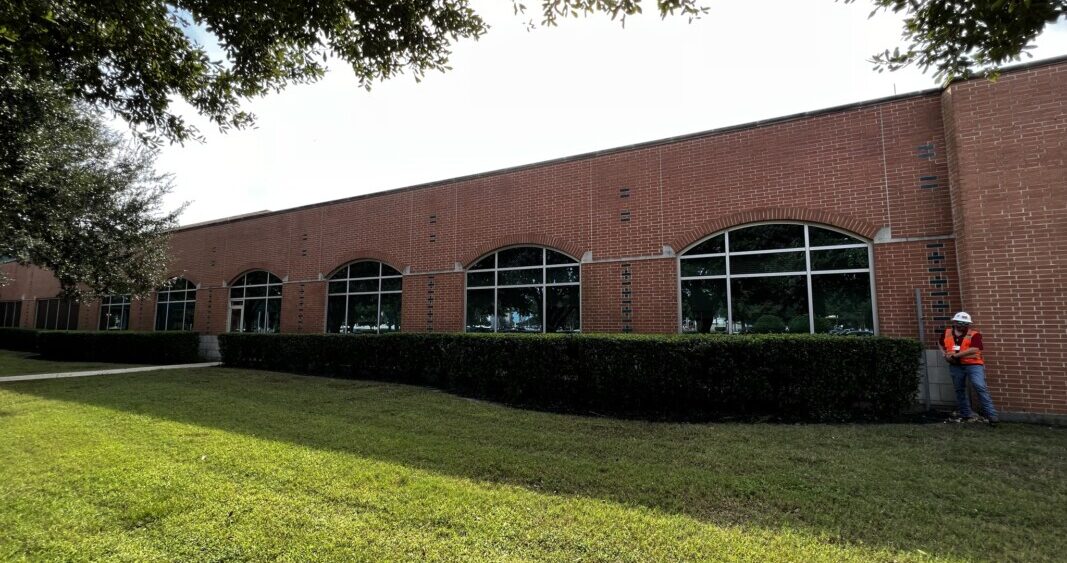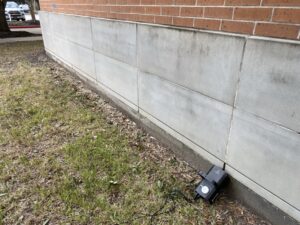
A Building Enclosure’s Impact on Isolation Space
Houston Methodist Continuing Care Hospital (HMCCH formally known as St. Catherine Hospital) was originally built in the mid 1990s and Houston Methodist acquired the facility in 2014. Given the proximity to Houston Methodist West, the intended plan was for HMCCH to become a long-term acute care and rehabilitation facility.
Shortly after the acquisition, one wing of the facility was designated and outfitted as an isolation wing to potentially house Ebola patients. Fortunately, the space was never needed. In 2020, that wing was transitioned to isolation rooms used to treat COVID-19 patients. The transition from a positive pressurized space to negative uncovered some potential issues. The facility staff, and SSR as a long-time consultant, were not surprised by these issues given the geographic area has high humidity and moisture and era of construction where air infiltration was not a great concern. The negative pressure allowed moisture-laden outside air into the building and was creating an environment for biological growth due to temperature differences and condensation.
 SSR was asked to provide an in-depth study of the facility’s exterior, specifically looking at the skin of the building being tight and secure to act as a first line of defense against moisture from outside air. After removing exterior components — brick, soffits, and roof components — our team of building enclosure specialists were able to get a better look at the facility’s skin and noticed discontinuities that were letting outside air in. These were found in many of the transitions between systems, as are common. Upon discovery, we performed additional testing to determine how extensive the issues were, including a smoke test to uncover where leaks were occurring and the extent of the leaks allowing outside air in. We found that the issues extended across the whole wing of the building.
SSR was asked to provide an in-depth study of the facility’s exterior, specifically looking at the skin of the building being tight and secure to act as a first line of defense against moisture from outside air. After removing exterior components — brick, soffits, and roof components — our team of building enclosure specialists were able to get a better look at the facility’s skin and noticed discontinuities that were letting outside air in. These were found in many of the transitions between systems, as are common. Upon discovery, we performed additional testing to determine how extensive the issues were, including a smoke test to uncover where leaks were occurring and the extent of the leaks allowing outside air in. We found that the issues extended across the whole wing of the building.
We presented these findings in a report to Houston Methodist and included an extensive repair strategy, which we were contracted to implement. The repairs included removing the wing’s exterior brick to install a new membrane air barrier system across the entire wing, and some roof leaks were addressed. After repairs were completed, we performed another round of testing to confirm the identified issues were fixed and the repairs we designed were successful.
This work was completed while the wing was vacant and in preparation for an interior remodel (the space will continue to be isolation units). Houston Methodist wanted to confirm the exterior issues were resolved before getting underway on the interior renovation. The construction was completed in approximately four months, and the impact on operations and patient care were minimal due to vacancy.








